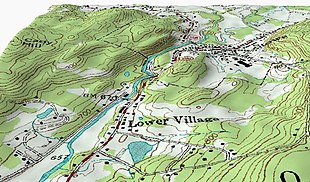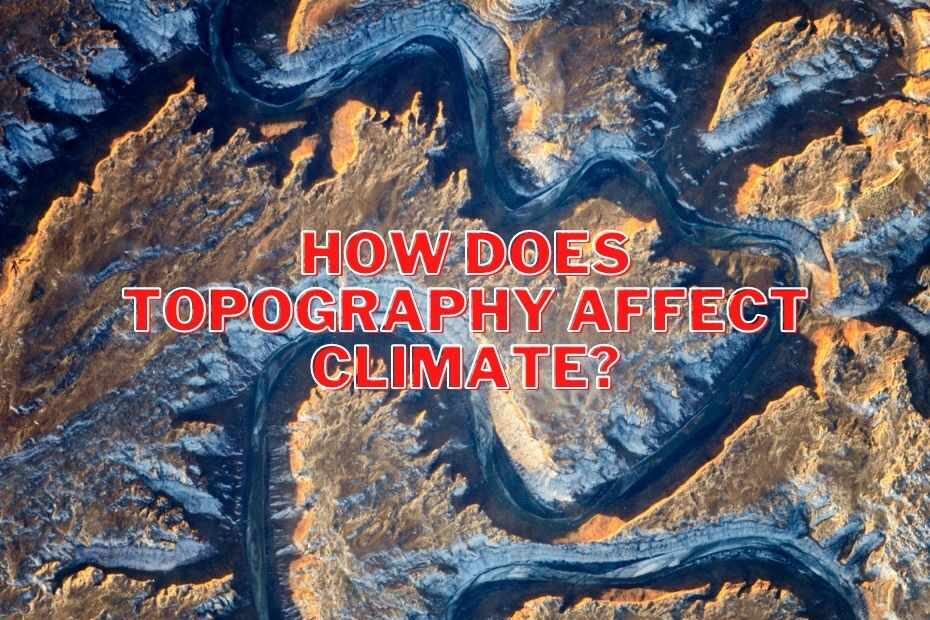Imagine embarking on a hiking adventure through a dense forest or planning a construction project in a rugged landscape. How would you navigate these terrains or design infrastructure that respects the natural features? The answer lies in topographical maps, invaluable tools for hikers, geologists, land planners, and many others. In this blog, we will explore the importance of topographical maps, how to read them, and the myriad ways in which they benefit these different groups of individuals.
Understanding the Importance of Topographical Maps
- What Are Topographical Maps?
Topographical maps, often referred to as topo maps, are detailed representations of the Earth’s surface that provide a 3D view of landscapes and terrain. These maps use a combination of contour lines, symbols, and colors to depict the features and elevation changes in a given area.
- The Role of Contour Lines
Contour lines are the backbone of topographical maps. They connect points of equal elevation, allowing readers to visualize the shape of the land. The spacing and arrangement of contour lines indicate steepness, peaks, valleys, and depressions, all of which are critical for understanding the topography of an area.
- Elevation Data
Topographical maps display elevation data, which is vital for hikers, geologists, and land planners. Knowing the elevation of different points on a map helps individuals prepare for terrain challenges, conduct geological studies, and plan construction projects while considering potential flooding or drainage issues.
How to Read Topographical Maps
- Scale and Legend
Every topographical map includes a scale and legend. The scale helps readers determine distances on the map, while the legend explains the symbols and colors used to represent features such as roads, rivers, forests, and buildings.
- Contour Interval
The contour interval, often listed in the legend, indicates the vertical distance between contour lines. A small contour interval, like 10 feet, means more detailed elevation information, while a larger interval, such as 100 feet, represents a broader overview of the terrain.
- Interpreting Contour Lines
Understanding how to read contour lines is crucial. Lines that are close together represent steep terrain, while lines that are further apart denote flat or gently sloping areas. Concentric circles usually indicate a hill or peak, while closed contour lines signify a depression or crater.
Benefits for Hikers, Geologists, and Land Planners
- Hikers
Topographical maps are indispensable for hikers. They help plan routes, estimate hiking times, and identify challenging sections. Hikers can also find water sources, locate campsites, and ensure they stay on designated trails, thereby minimizing their environmental impact.
- Geologists
Geologists use topographical maps for various purposes, including studying rock formations, identifying fault lines, and assessing potential landslide or erosion risks. These maps aid in the discovery of valuable minerals, understanding geological history, and planning safe fieldwork.
- Land Planners
Land planners, architects, and civil engineers rely on topographical maps when designing infrastructure. These maps provide information about slopes, drainage patterns, and natural features that can influence building placement, road construction, and flood mitigation strategies.
Conclusion
Topographical maps are an indispensable tool for anyone navigating the Earth’s diverse landscapes. Whether you’re a hiker looking to explore new trails, a geologist studying the Earth’s history, or a land planner designing the infrastructure of tomorrow, these maps provide invaluable insights into the natural world. By learning to read topographical maps and leveraging the wealth of information they offer, you can enhance your outdoor adventures, scientific research, and urban planning efforts. So, the next time you embark on a journey through rugged terrain or embark on a construction project, remember that topographical maps are your key to success, helping you unlock the secrets of the world’s topography.





